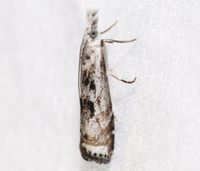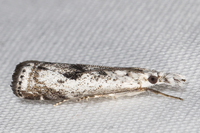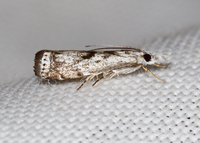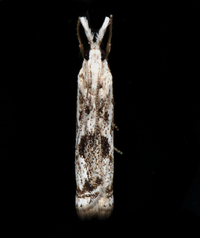
| Recorded by: Tim Foley on 2025-09-02
Durham Co.
Comment: | 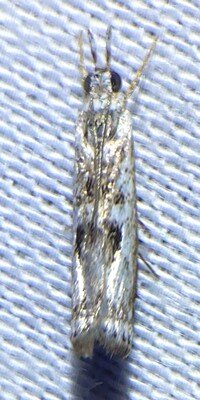
| Recorded by: Dean Furbish on 2025-08-25
Wake Co.
Comment: |
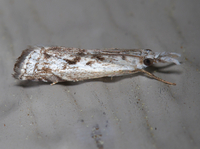
| Recorded by: Jim Petranka on 2025-07-15
Madison Co.
Comment: | 
| Recorded by: Jim Petranka on 2025-07-15
Madison Co.
Comment: |
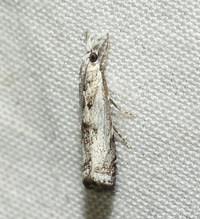
| Recorded by: Jeff Niznik, David George on 2025-05-09
Cumberland Co.
Comment: | 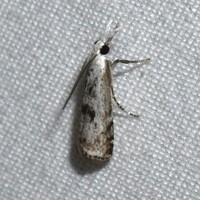
| Recorded by: David George, Jeff Niznik, Jim Petranka, John Petranka, Becky Elkin on 2025-05-09
Cumberland Co.
Comment: |
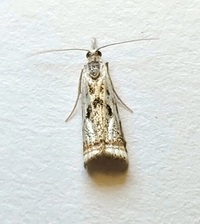
| Recorded by: Mark Basinger on 2025-05-03
Brunswick Co.
Comment: | 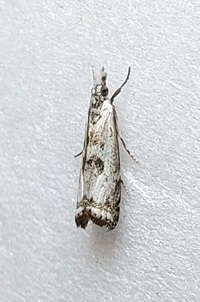
| Recorded by: Mark Basinger on 2025-05-01
Wilson Co.
Comment: |
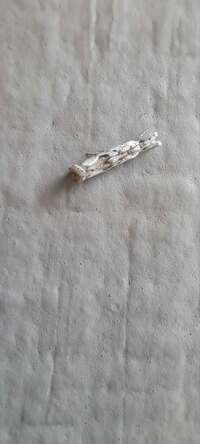
| Recorded by: Allison Garton on 2025-04-26
Moore Co.
Comment: | 
| Recorded by: Allison Garton on 2025-04-26
Moore Co.
Comment: |
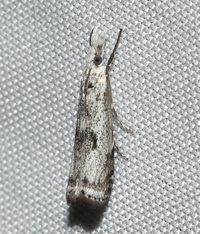
| Recorded by: David George, Bonnie Eamick on 2025-04-25
Wake Co.
Comment: | 
| Recorded by: Jeff Niznik on 2025-04-23
Orange Co.
Comment: |
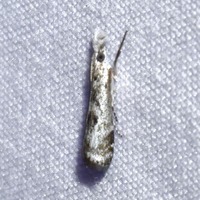
| Recorded by: Jeff Niznik, Larry Chen on 2024-09-23
Orange Co.
Comment: | 
| Recorded by: Lior S. Carlson, Dean Furbish on 2024-08-17
Johnston Co.
Comment: |

| Recorded by: Jim Petranka on 2024-08-14
Madison Co.
Comment: | 
| Recorded by: Jim Petranka on 2024-08-14
Madison Co.
Comment: |
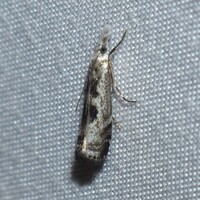
| Recorded by: Jeff Niznik on 2024-07-12
Watauga Co.
Comment: | 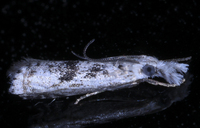
| Recorded by: John Petranka on 2024-07-10
Watauga Co.
Comment: |
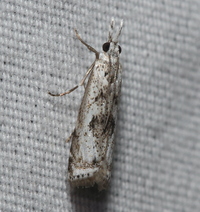
| Recorded by: David George, Rich Teper on 2024-05-13
Chatham Co.
Comment: | 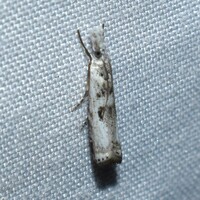
| Recorded by: David George, Stephen Dunn, Jeff Niznik on 2024-04-29
Chatham Co.
Comment: |

| Recorded by: David George, Jeff Niznik, Rich Teper on 2024-04-16
New Hanover Co.
Comment: | 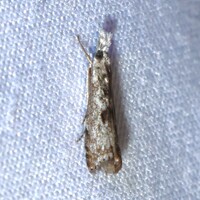
| Recorded by: David George, Jeff Niznik on 2023-09-20
Durham Co.
Comment: |

| Recorded by: David George, Jeff Niznik on 2023-09-20
Durham Co.
Comment: | 
| Recorded by: David George, Jeff Niznik on 2023-09-11
Orange Co.
Comment: |
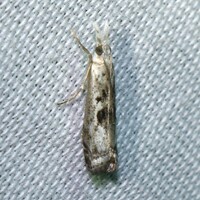
| Recorded by: David George, Stephen Dunn, Jeff Niznik, Rich Teper, Becky Watkins on 2023-07-30
Swain Co.
Comment: | 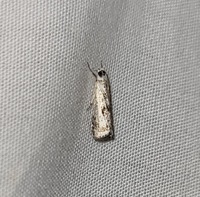
| Recorded by: Michael P. Morales on 2023-07-22
Cumberland Co.
Comment: |

| Recorded by: Michael P. Morales on 2023-07-22
Cumberland Co.
Comment: | 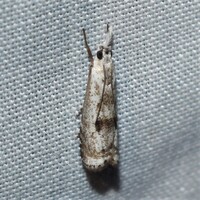
| Recorded by: David George, Steve Hall, Stephen Dunn, Jeff Niznik, Rich Teper, Becky Watkins on 2023-07-22
Orange Co.
Comment: |

| Recorded by: K. Bischof on 2023-06-05
Transylvania Co.
Comment: | 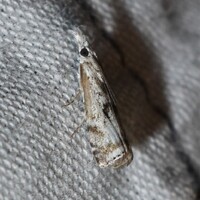
| Recorded by: David George, Jeff Niznik, Rich Teper, Erich Hofmann, Jesse Anderson on 2023-05-22
New Hanover Co.
Comment: |
|

 »
»